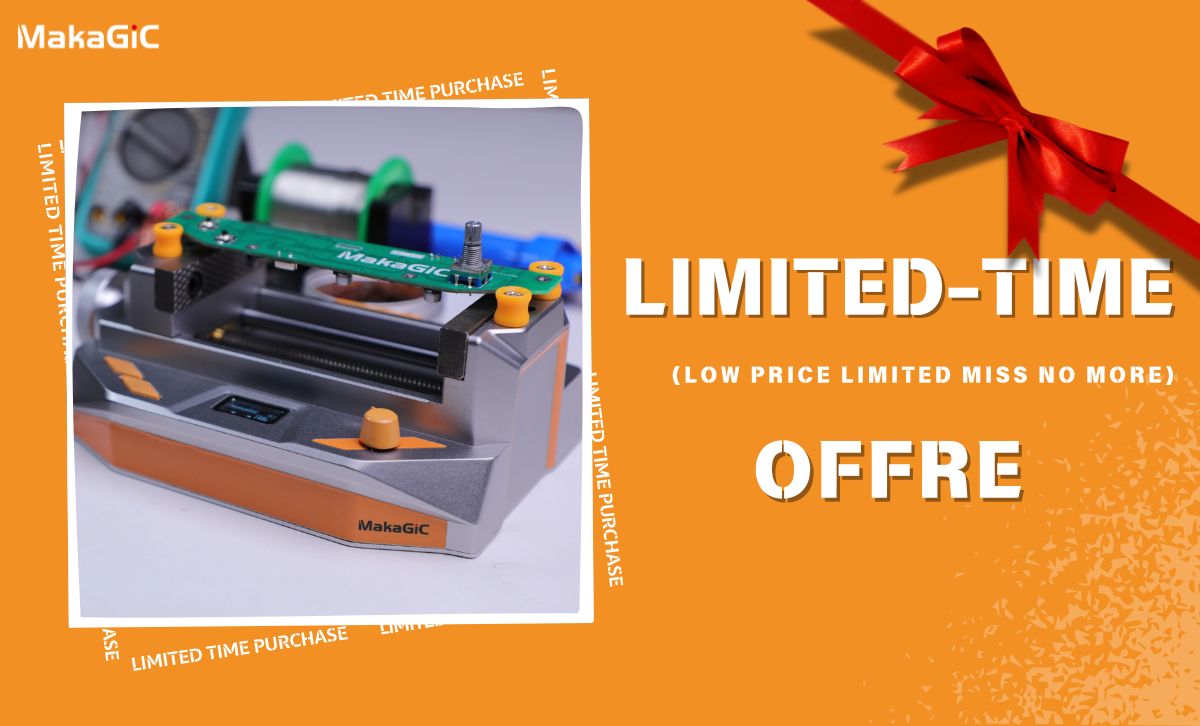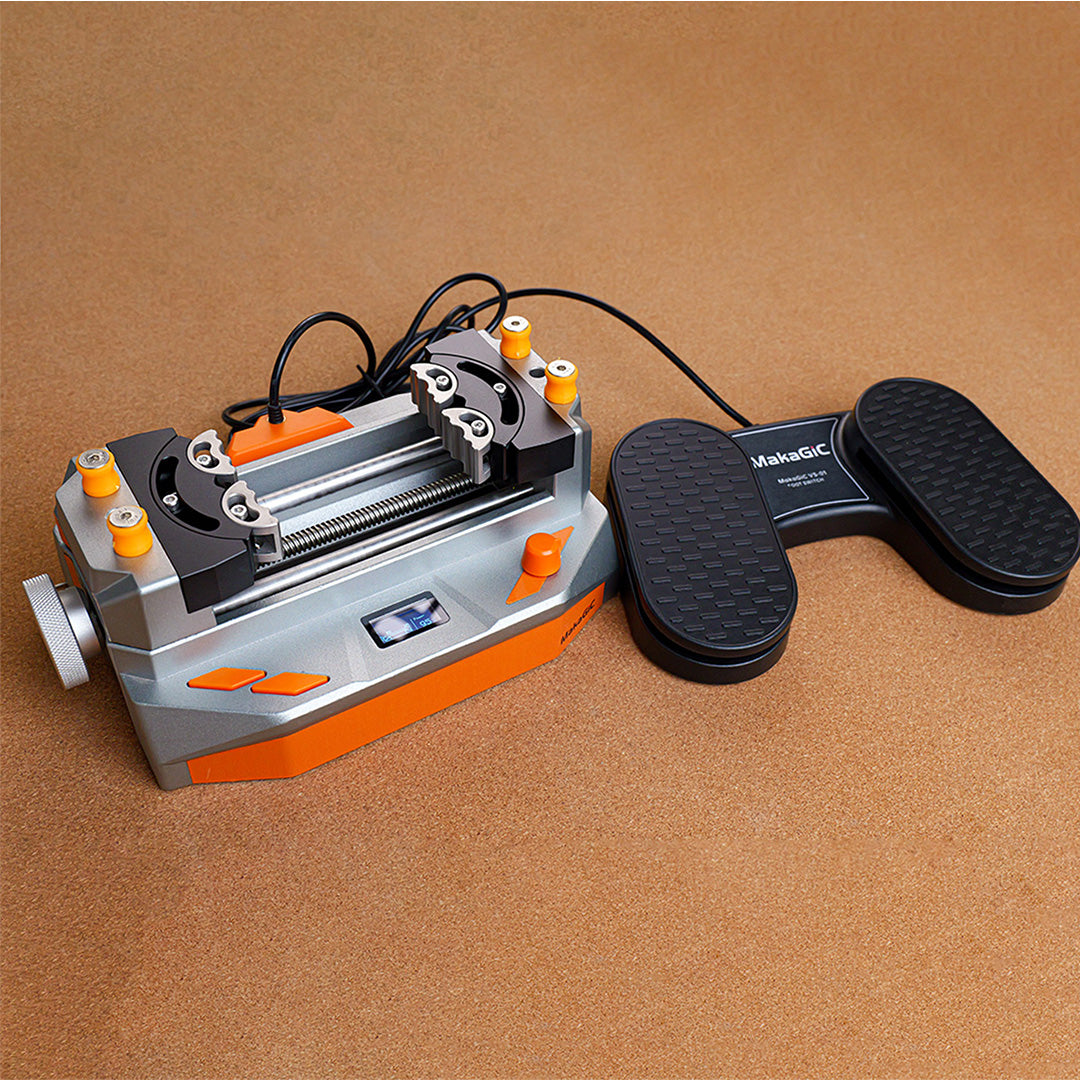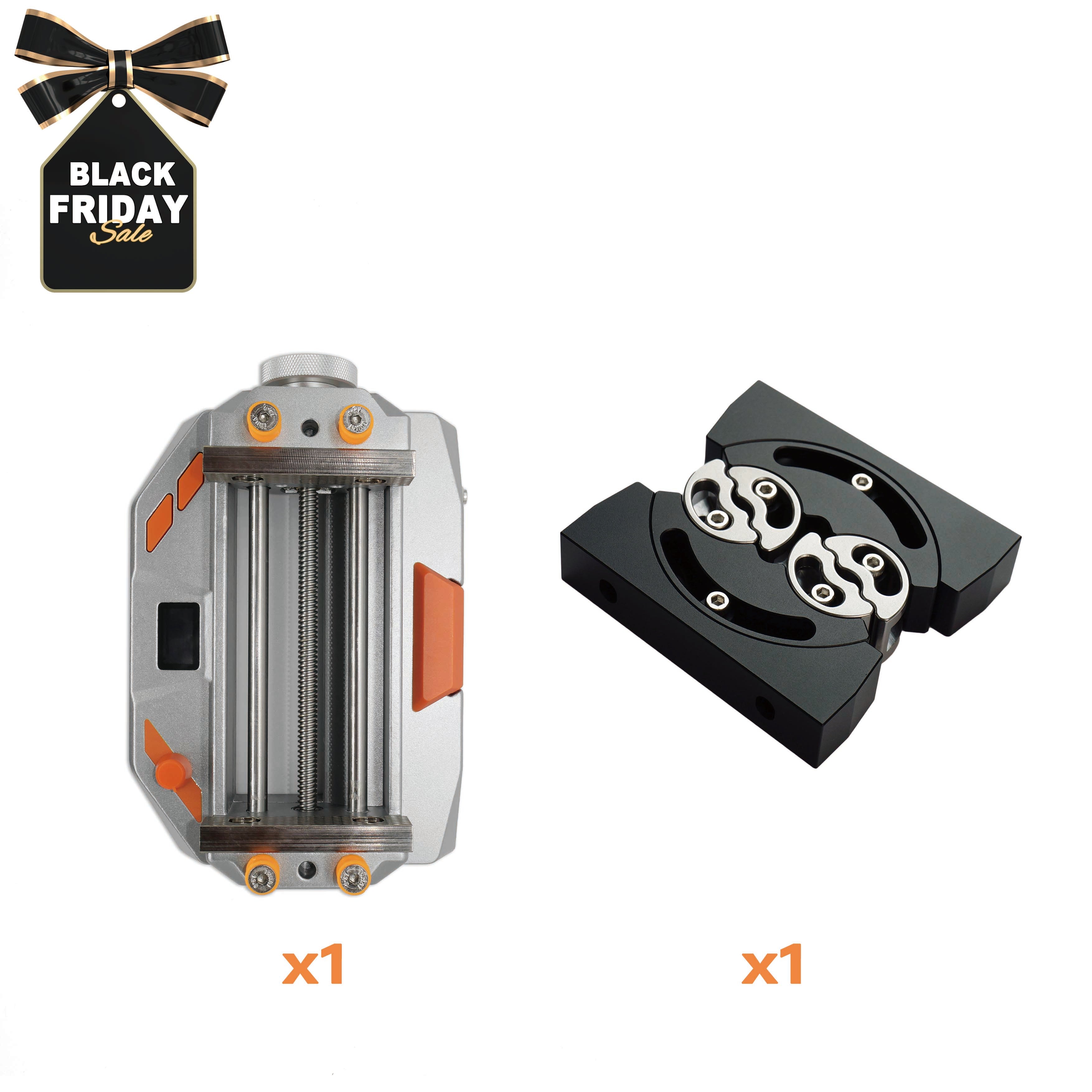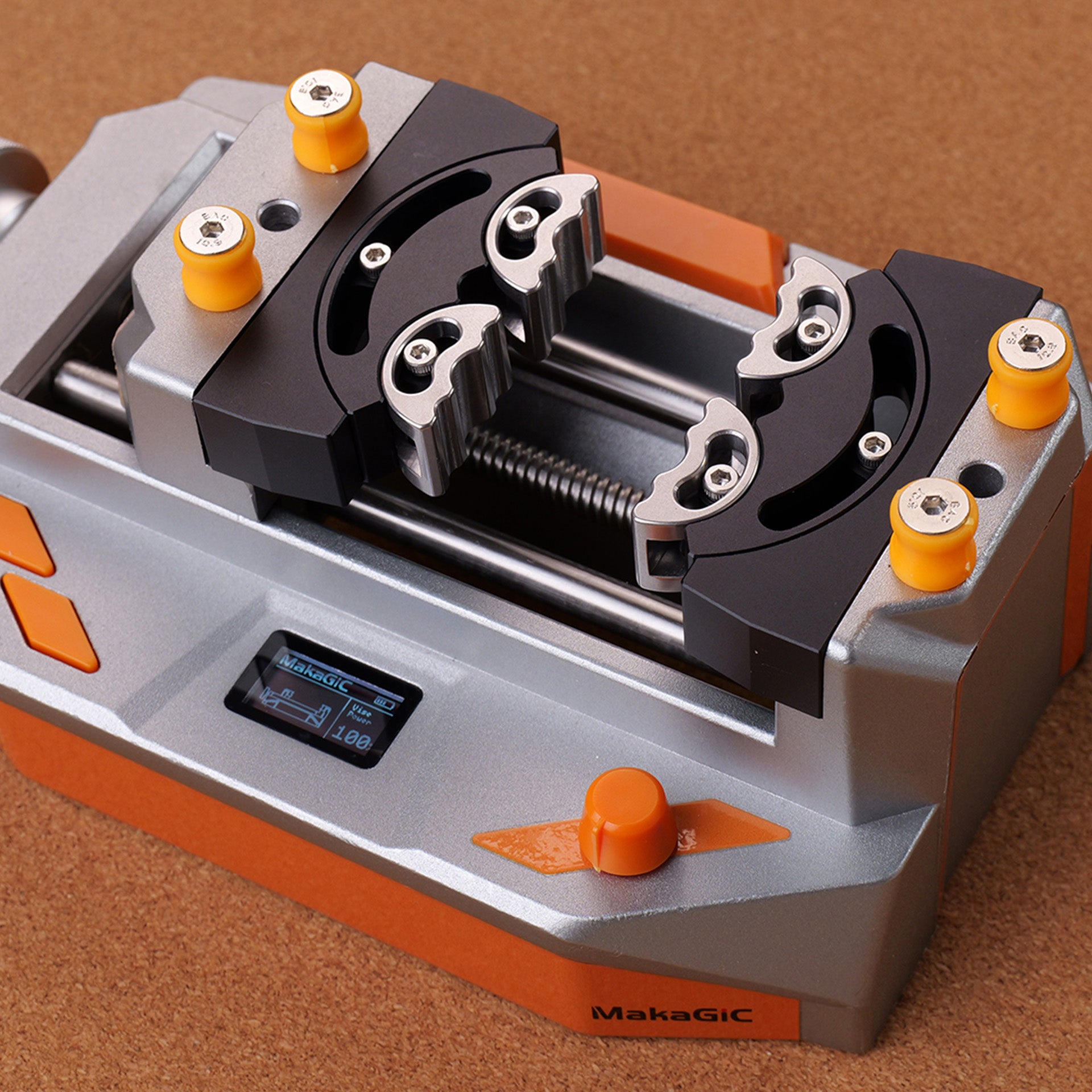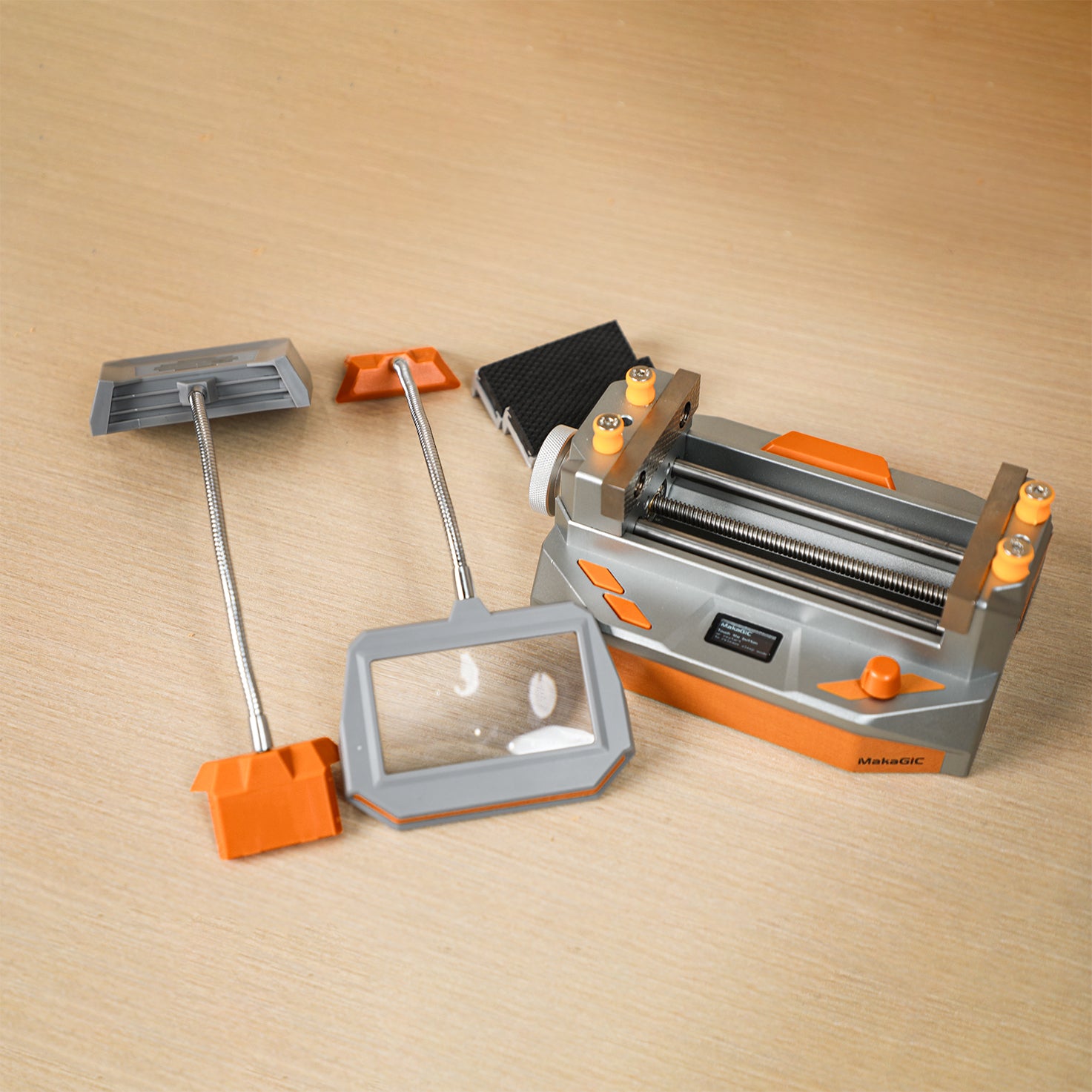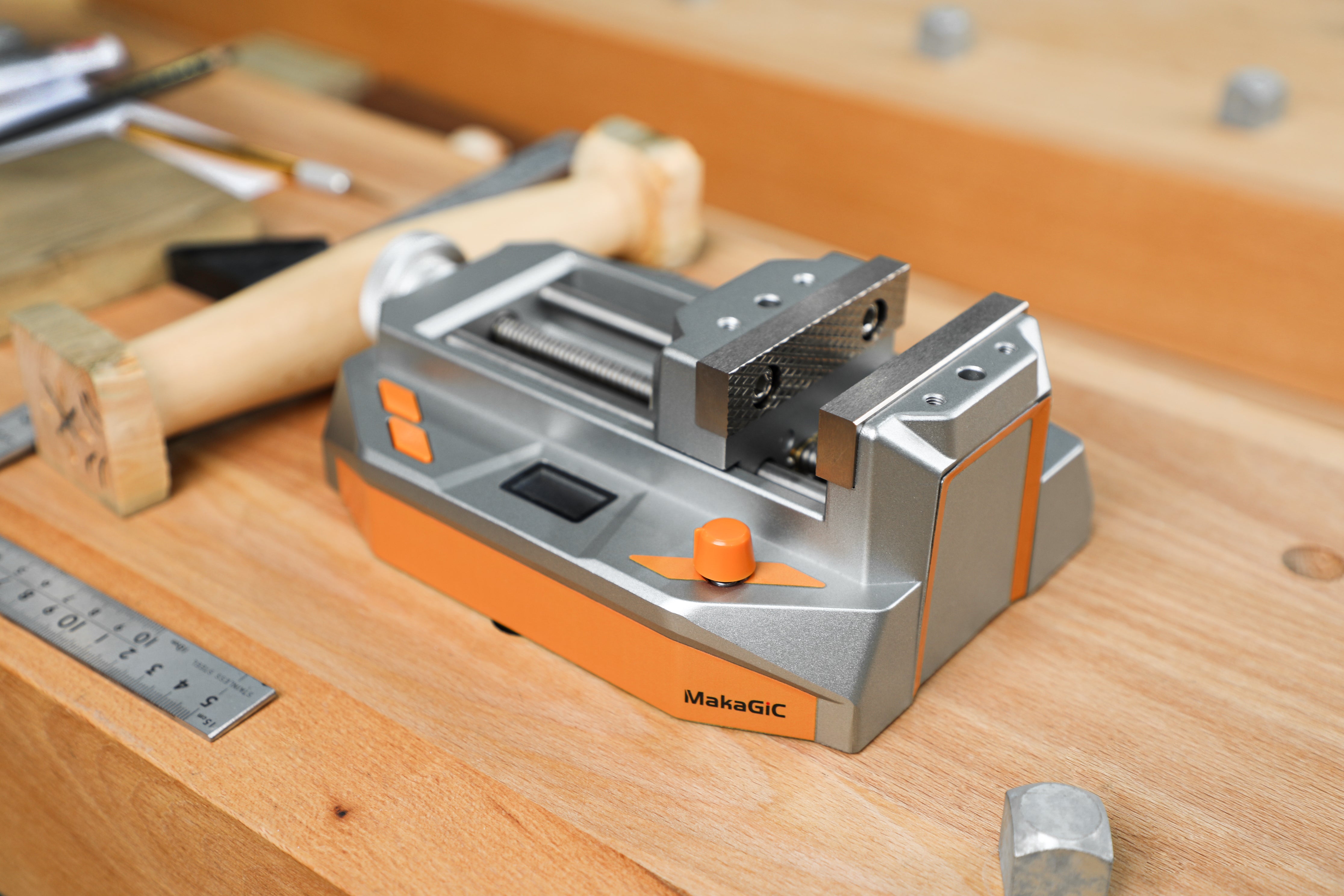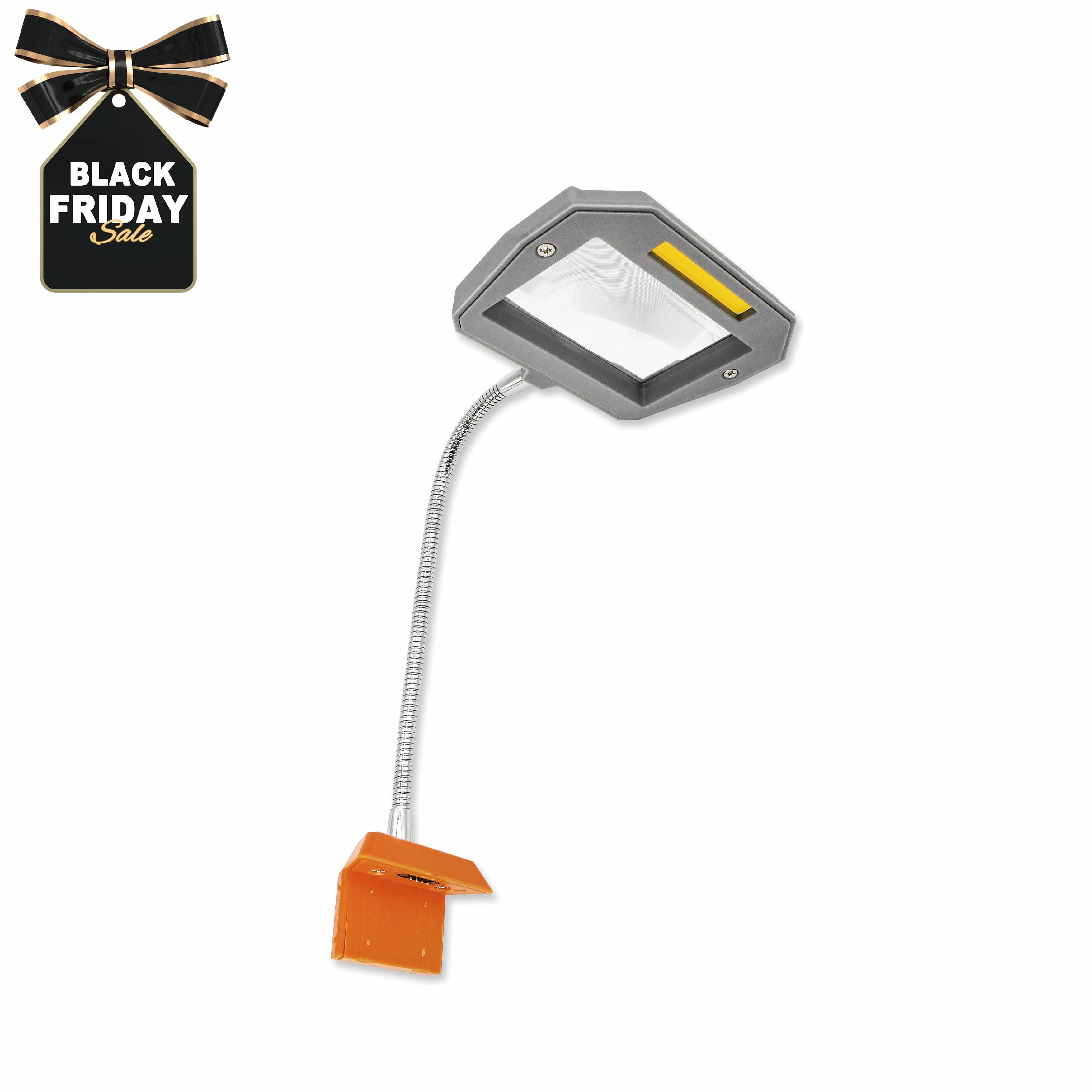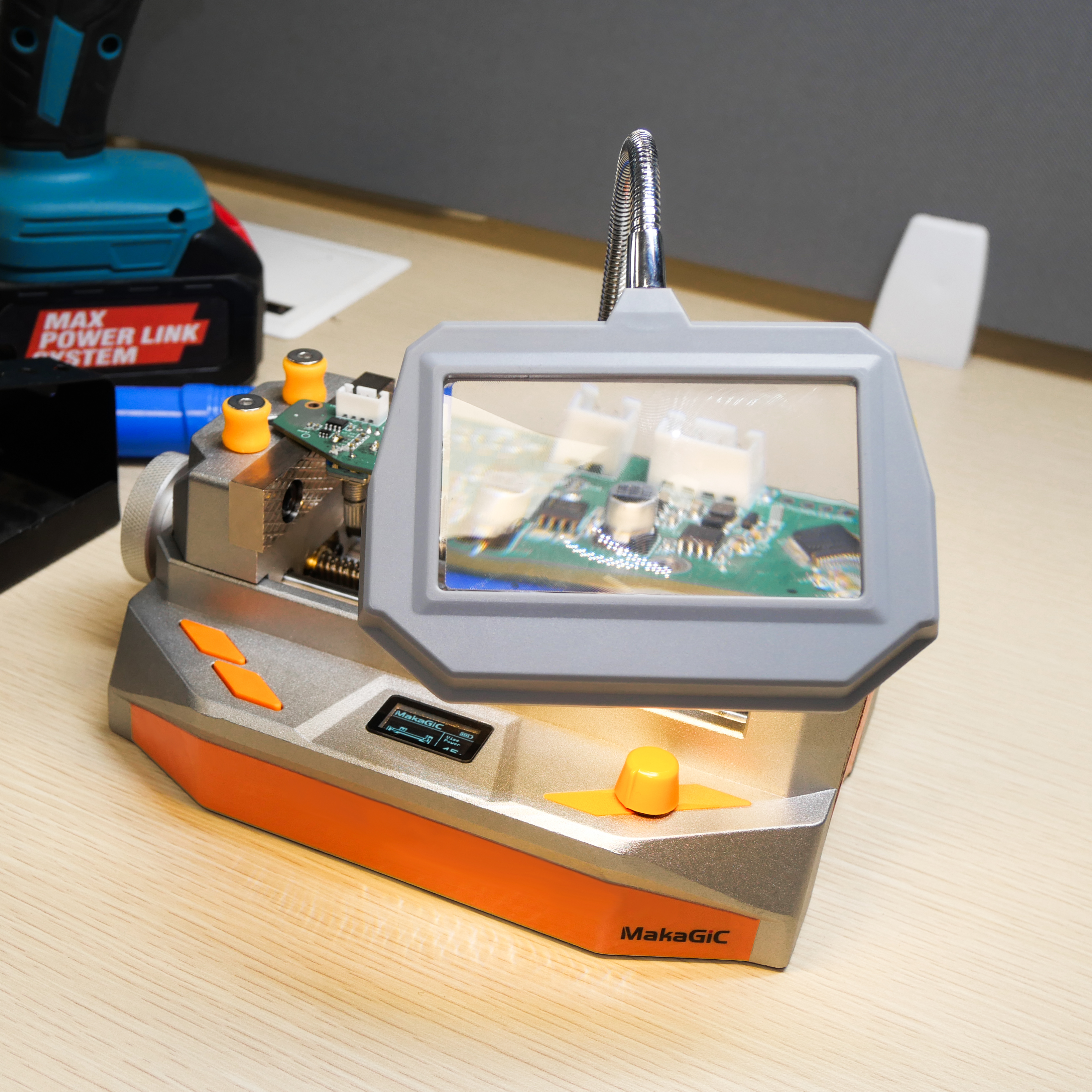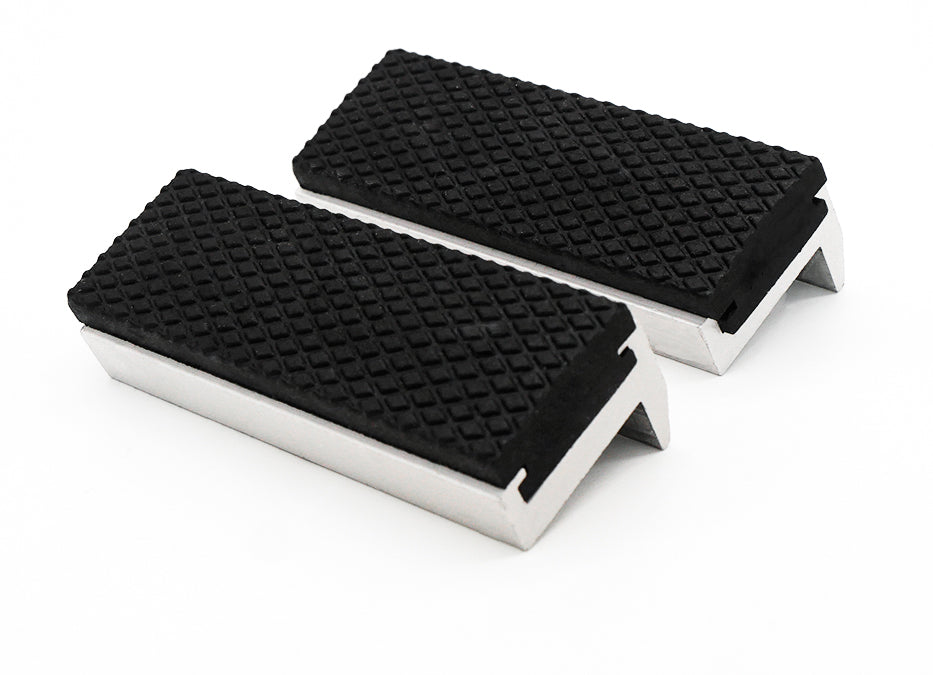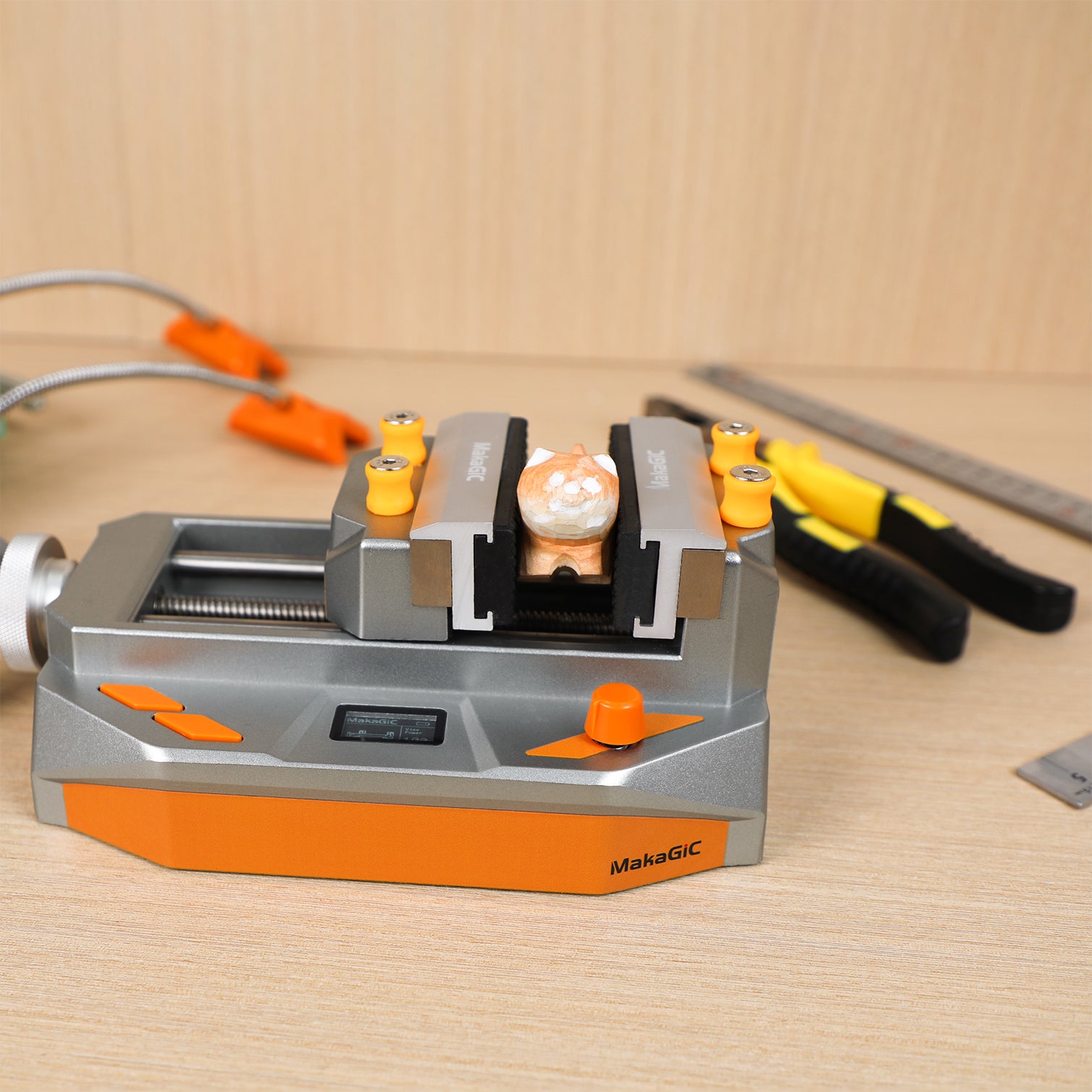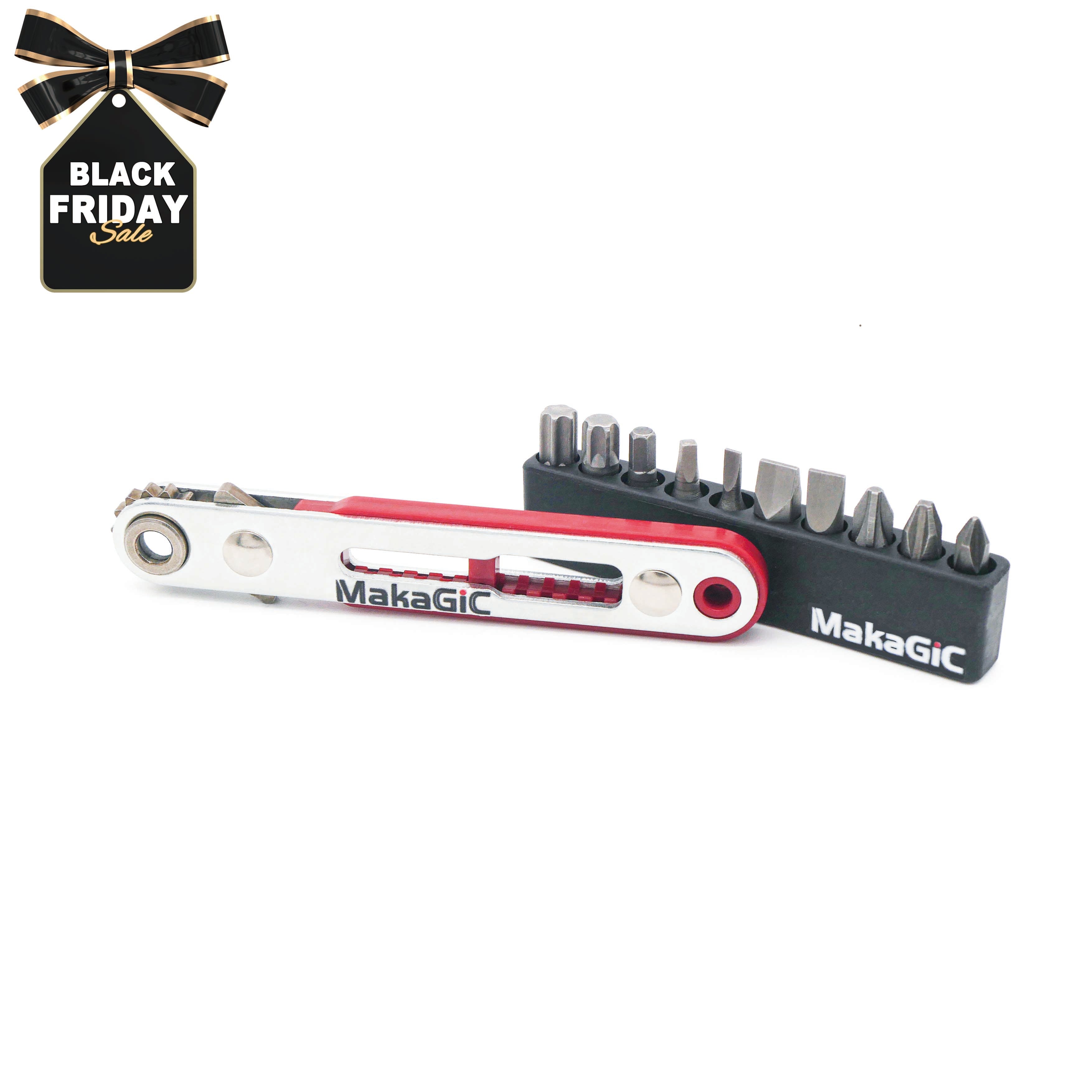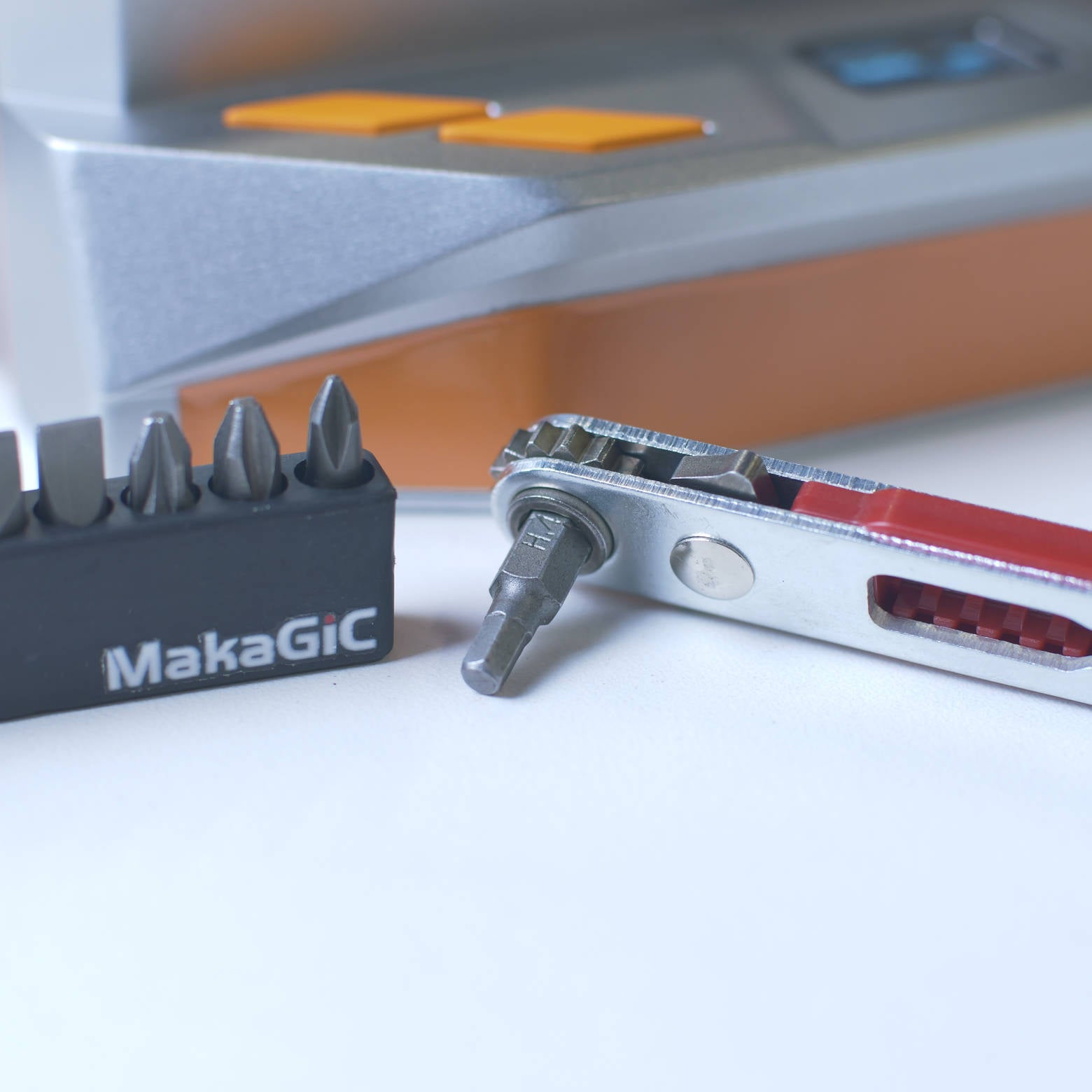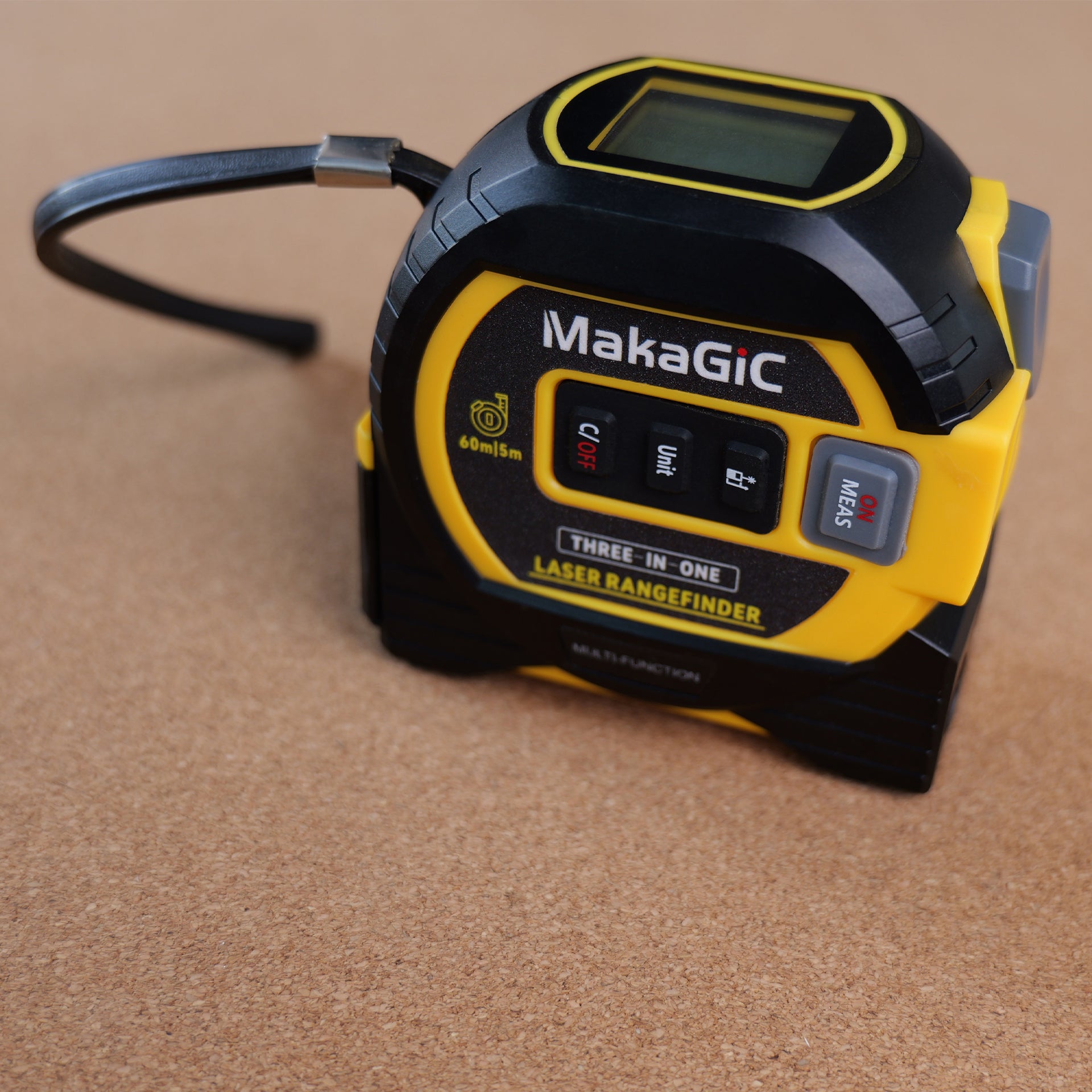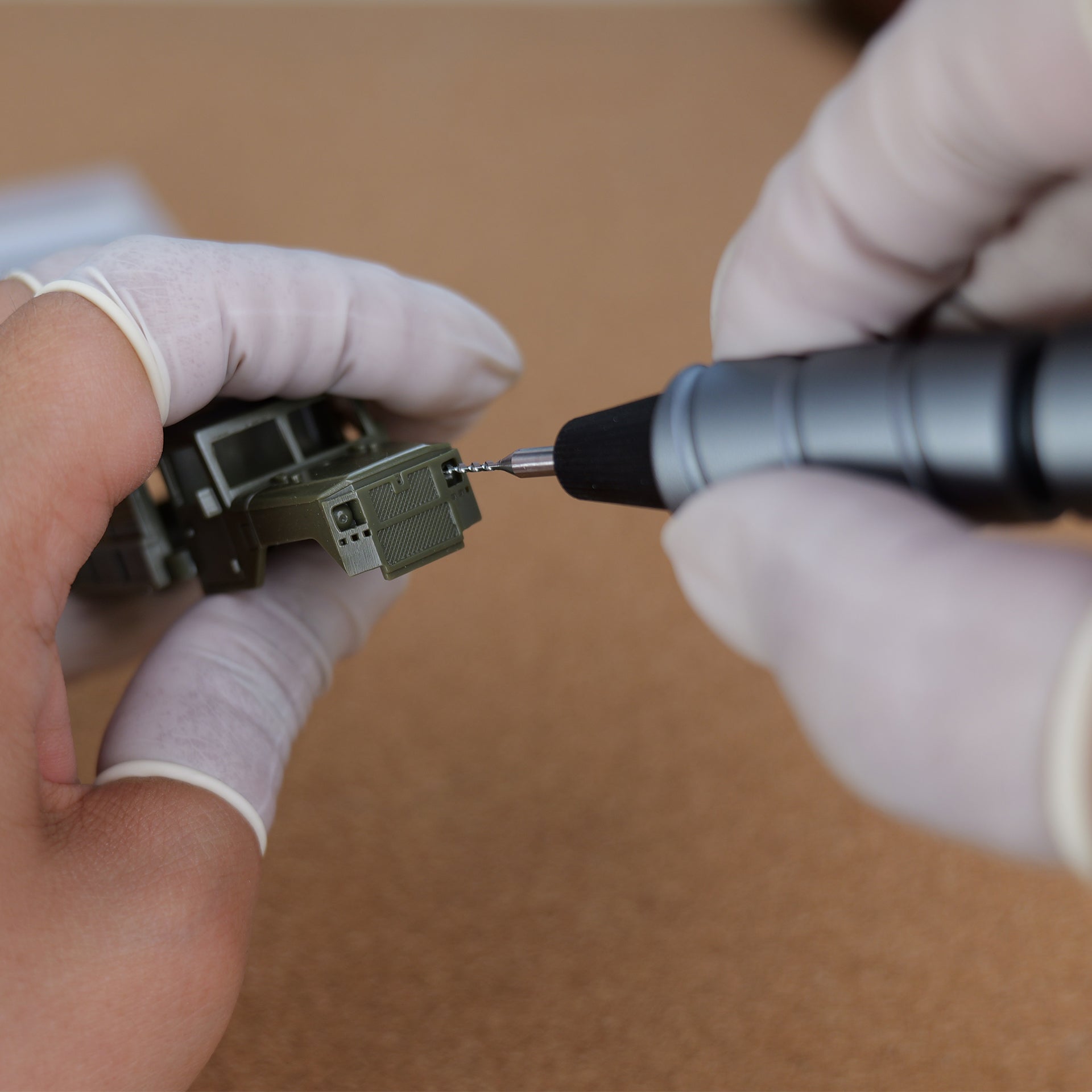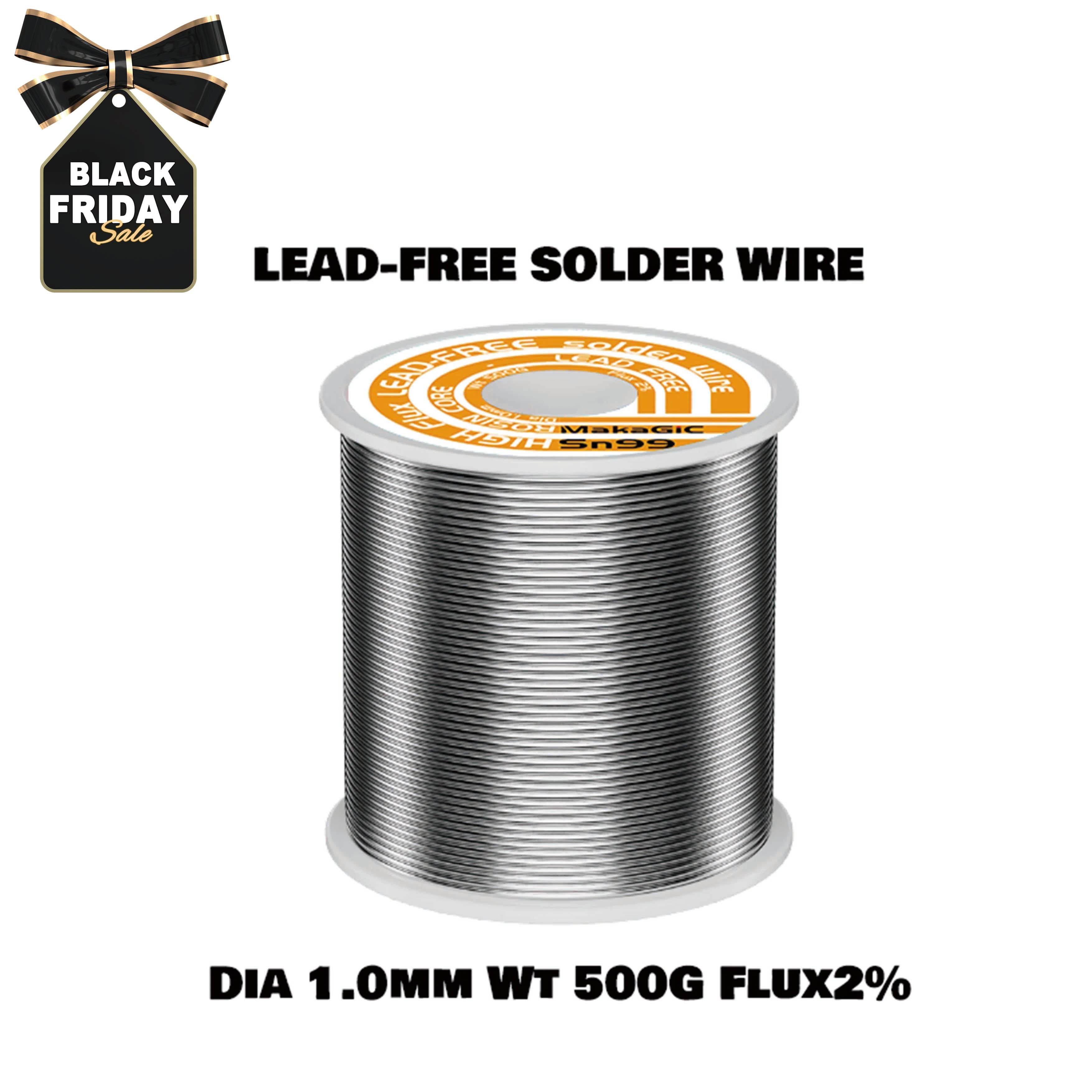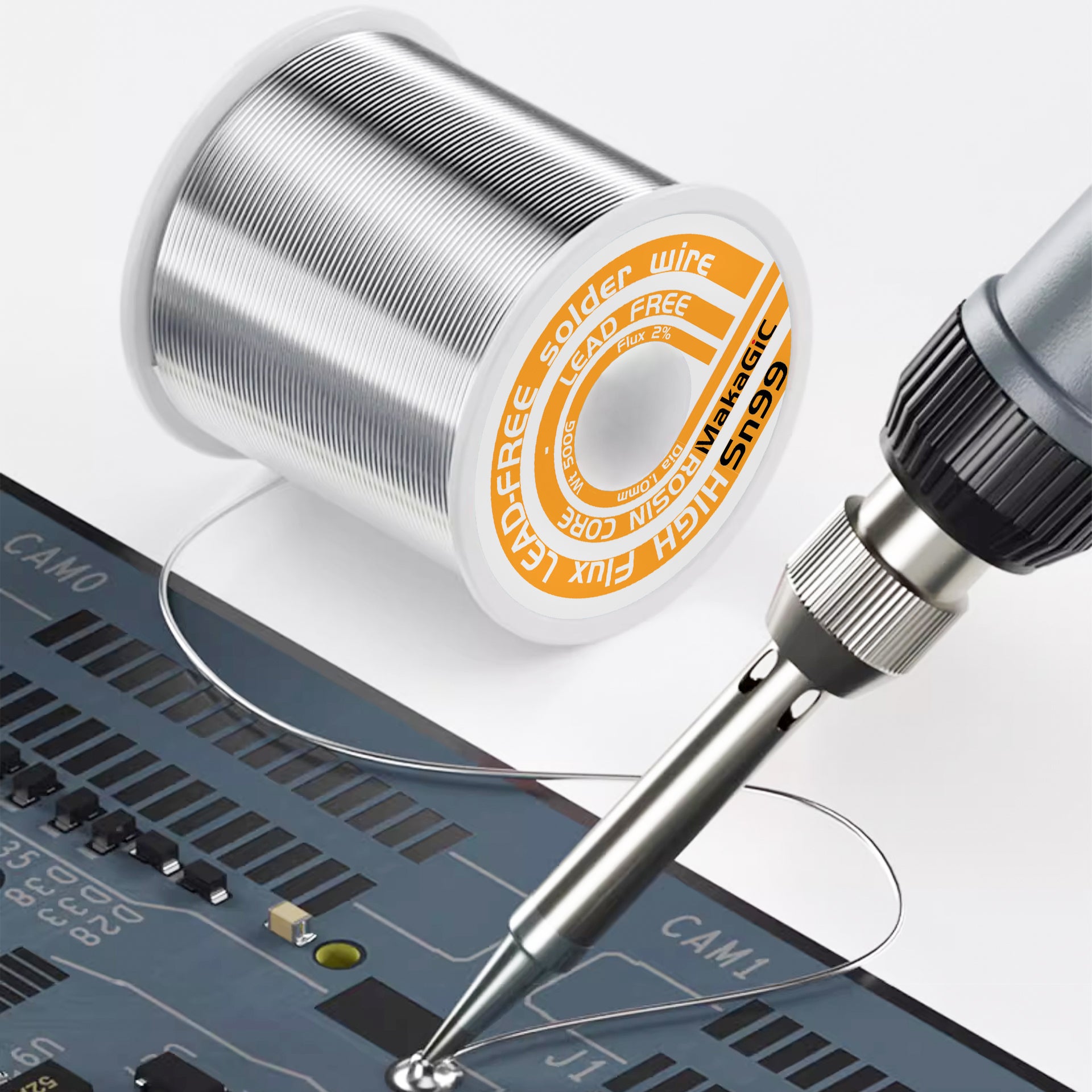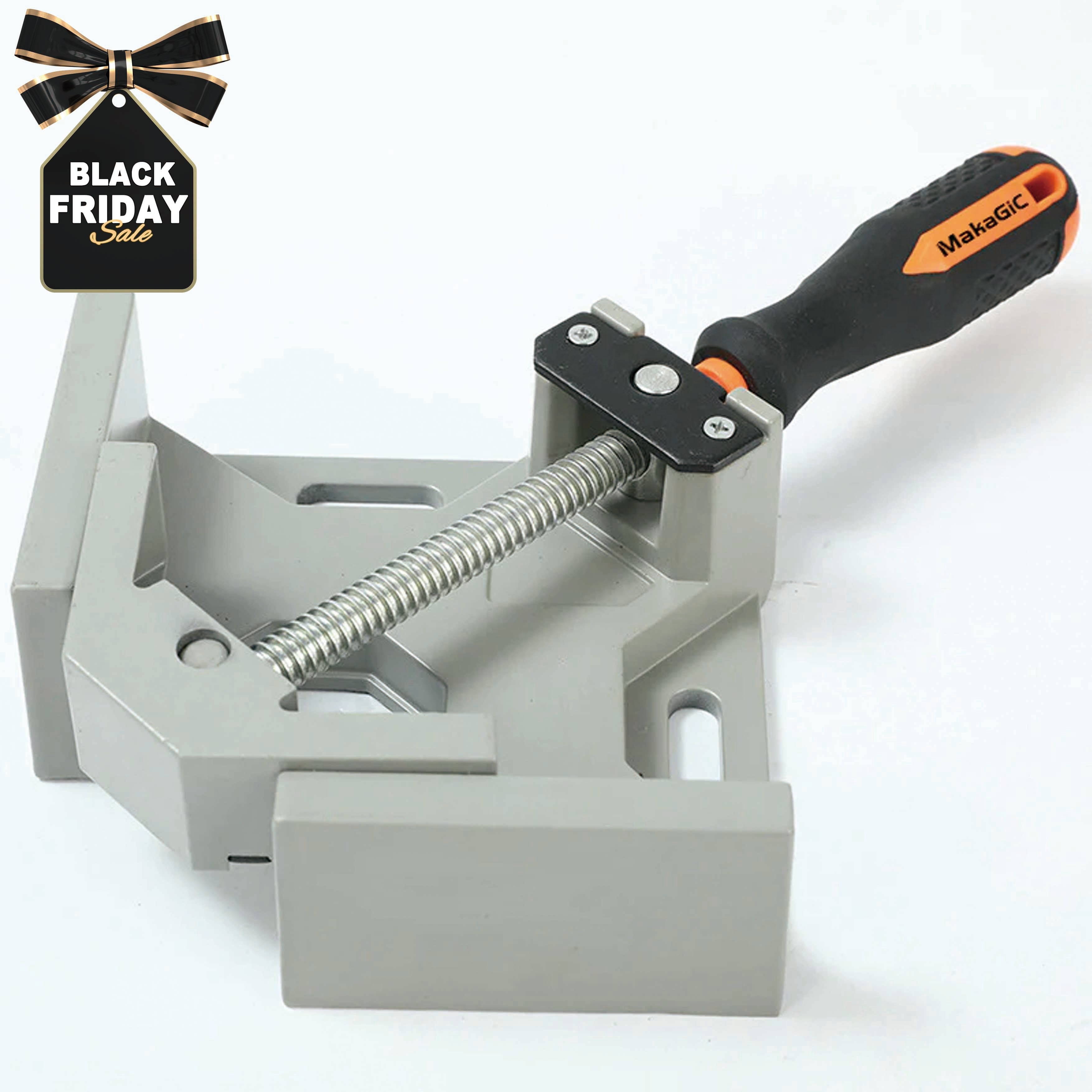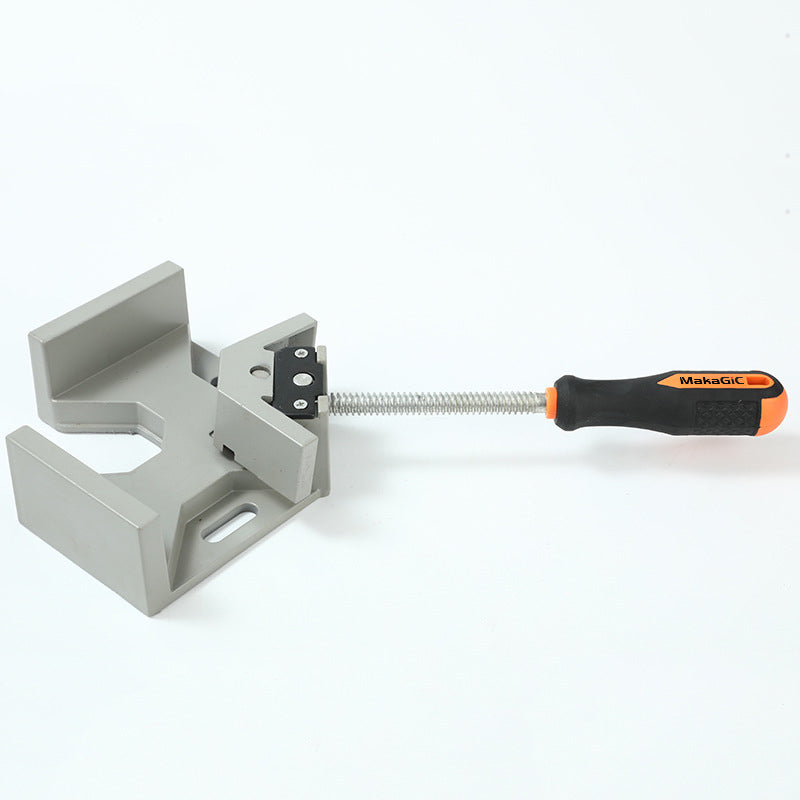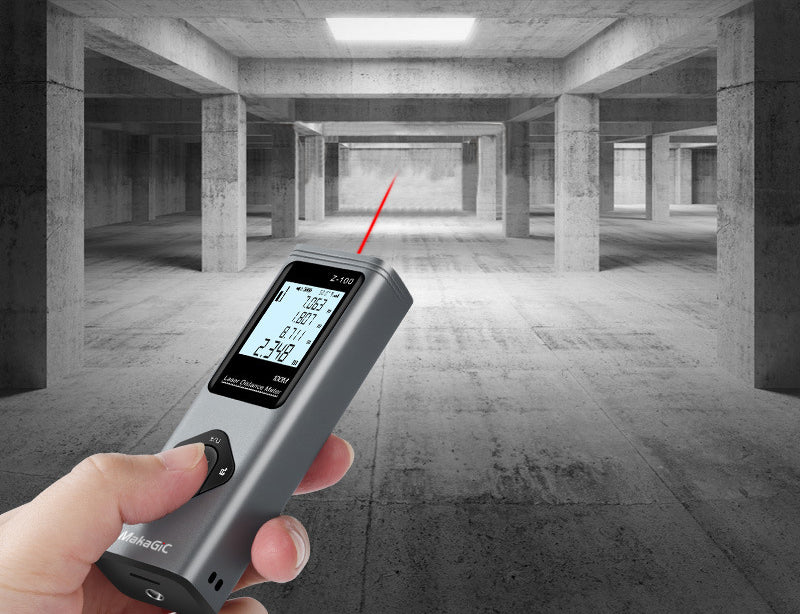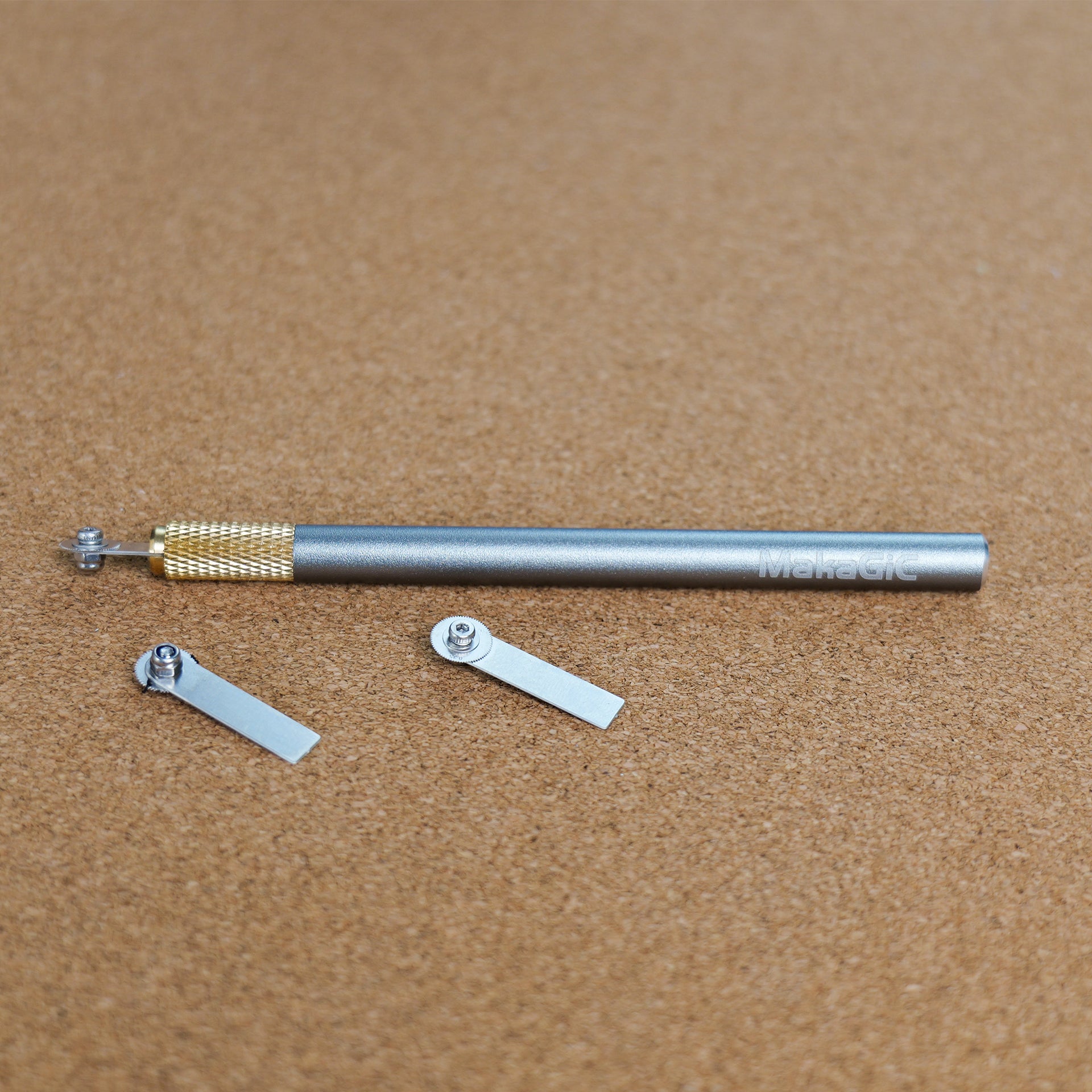Fractals refer to specific geometric figures that exhibit similar structural characteristics at any scale of observation. This self-similar structural pattern is commonly known as a "fractal structure," which is widely found in nature, such as in the distribution of snowflakes, mountains, trees, and blood vessels. Benoît B. Mandelbrot, the mathematician who proposed fractal geometry, used fractal theory to deeply study the structure and behavior of complex systems, revealing their self-similarity and infinite detail. The fractal vice is an innovation that applies the principles of fractal geometry to tool design. Traditional vices have a linear clamping part with a flat clamping surface, while the fractal vice incorporates fractal geometry into the jaws and clamping surfaces, presenting a self-similar fractal structure on its surface. This design endows the fractal vice with stronger clamping capabilities and a more diverse range of clamping methods.
The fractal vice is an innovation that applies the principles of fractal geometry to tool design. Traditional vices have a linear clamping part with a flat clamping surface, while the fractal vice incorporates fractal geometry into the jaws and clamping surfaces, presenting a self-similar fractal structure on its surface. This design endows the fractal vice with stronger clamping capabilities and a more diverse range of clamping methods.
The birth of the fractal vice can be traced back to 1913 when an inventor named Paulin Karl Kunze was granted a patent titled "Device for Close Contact, Engagement, or Clamping with Objects of Various Shapes".
The fractal structure design of the fractal vice brings it the following advantages:
Firstly, it has self-adaptive clamping force. Traditional vices usually only have fixed clamping surfaces, which may lead to uneven clamping, especially when clamping objects with irregular surfaces. Through its fractal design, the clamping surface of the fractal vice can adapt to objects of different shapes, thus providing more uniform and stable clamping force.

Secondly, the fractal structure can provide similar shapes and contact points on different size scales, thereby enhancing the gripping ability of the object. Regardless of whether the surface of the object is smooth or not, the fractal vice can effectively clamp the object through its complex contact surface, reducing the possibility of slippage.
In addition, traditional vices may sometimes cause damage when clamping relatively fragile objects. The self-similar structure of the fractal vice disperses the clamping force through a wider range of contact points, thus avoiding local damage caused by concentrated pressure. It is especially suitable for clamping precision parts or fragile materials.

Finally, the fractal design not only has practicality but also endows the tool with aesthetic value. The unique appearance and structure of the fractal vice make it not only efficient and reliable during work, but also visually present a certain sense of art.

